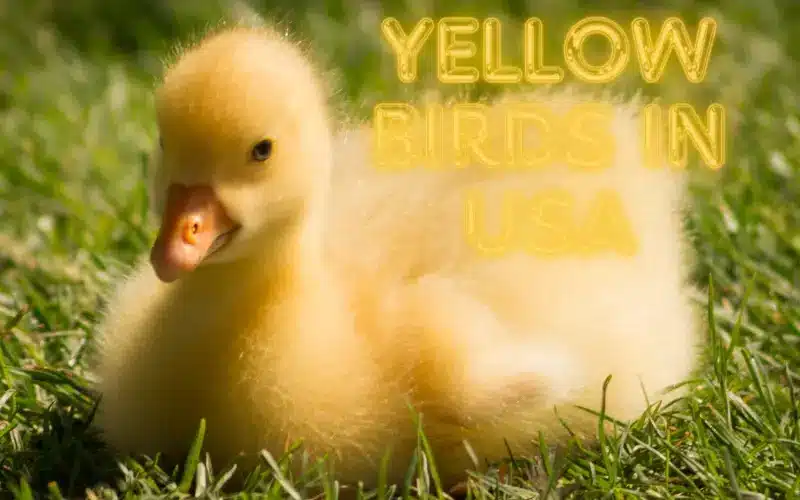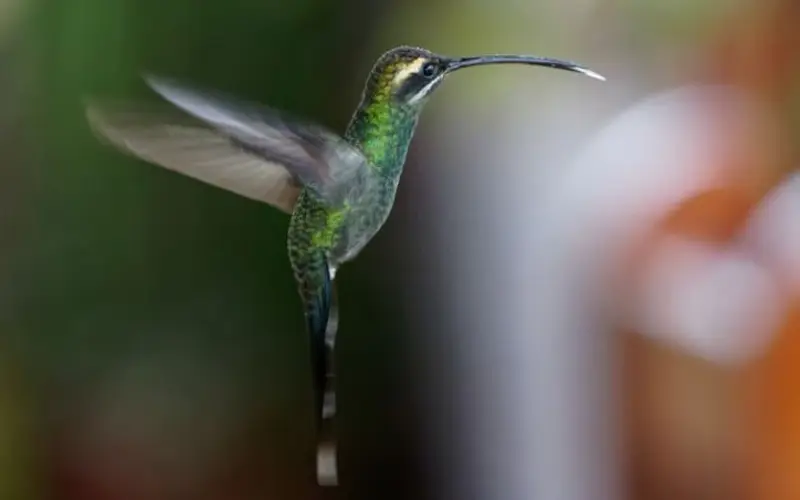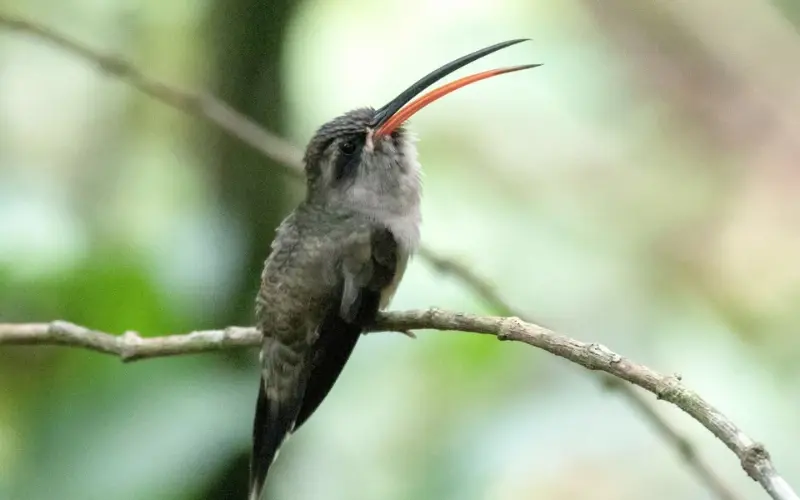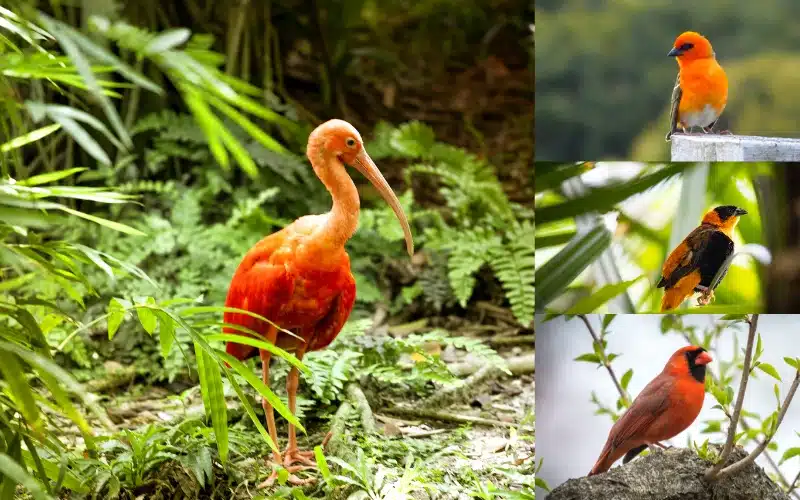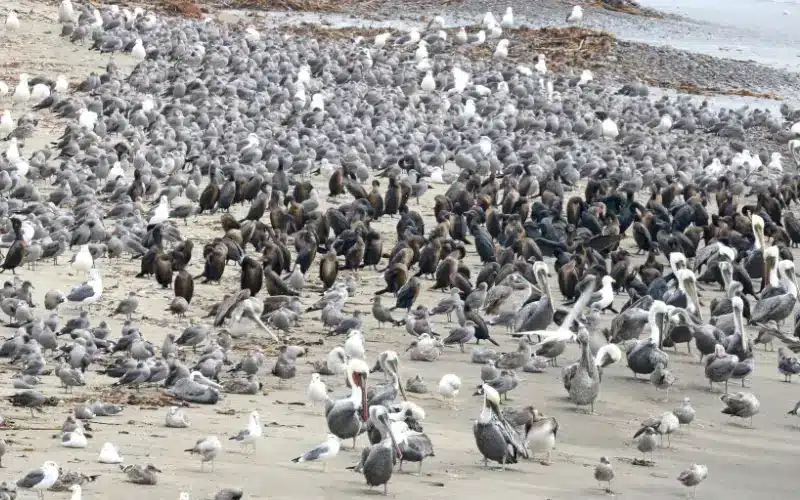Grey Partridge is a fascinating world, including its habitat, behavior, and conservation efforts. Learn how to identify these charming birds and what you can do to support their populations.
The Enigmatic Grey Partridge: An Overview
A True Gem of the Countryside
In the picturesque landscapes of rural areas, the grey partridge reigns supreme, their plumage blending seamlessly with the muted tones of fields and hedgerows. These birds are renowned for their distinctive appearance, characterized by a subtle blend of grey, brown, and chestnut hues. With their rounded bodies and intricate patterns, they embody understated elegance in the avian world.
Habitat and Distribution:
Finding Home:
Grey partridges are typically found in agricultural landscapes, favoring open fields, grasslands, and hedgerows. They are native to Europe and Asia, with populations also established in parts of North America. These birds thrive in areas with a mix of cultivated crops and natural vegetation, providing ample cover for nesting and foraging.
Behavior and Diet:
Insights into Grey Partridges Behavior
Grey partridges are diurnal birds that are most active during the day. They are ground-dwelling birds, preferring to forage for food on foot rather than taking to the skies. Their diet consists primarily of seeds, grains, and insects, which they glean from the ground with remarkable efficiency.
Foraging Strategies
With their keen eyesight and nimble movements, partridges employ various foraging techniques to locate food sources amidst the vegetation. From probing the soil for seeds to pecking at insects, they demonstrate remarkable adaptability in their quest for sustenance.
Reproduction and Nesting:
The Cycle of Life: Grey Partridges and Reproduction
Breeding season heralds a flurry of activity among partridges, as pairs engage in elaborate courtship displays to establish bonds and secure nesting sites. The female constructs a shallow nest concealed amidst vegetation, where she lays a clutch of eggs. Incubation duties are shared between both parents, ensuring the eggs remain warm and protected until they hatch.
Nesting Habits
The intricately woven nests of these partridges are marvels of avian engineering, providing a secure haven for vulnerable eggs. Hidden from prying eyes, these nests serve as sanctuaries for the next generation of partridges.
Conservation Efforts:
Protecting Our Precious Partridges: Conservation Initiatives
Despite their resilience, grey partridges face numerous threats to their survival, including habitat loss, predation, and agricultural practices. Conservation efforts aimed at safeguarding these birds are underway, with organizations and individuals working tirelessly to address these challenges and ensure a brighter future for partridges.
Habitat Restoration:
Reclaiming Lost Landscapes for Partridges
One of the primary focuses of conservation efforts is habitat restoration, aimed at creating and preserving suitable environments for grey partridges to thrive. Initiatives such as rewilding projects and agri-environment schemes seek to enhance biodiversity and provide essential habitat features for these birds.
Community Engagement
Involving local communities in conservation initiatives is crucial for their success. By raising awareness and fostering stewardship among residents, conservationists can garner support for habitat restoration efforts and encourage sustainable land management practices.
Predation Management:
Balancing the Predator-Prey Equation
Predation poses a significant threat to partridge populations, with predators such as foxes, birds of prey, and corvids preying on eggs and vulnerable chicks. Predator management strategies, including targeted control measures and the implementation of predator-proof fencing, aim to mitigate the impact of predation on partridges.
Implementing Effective Solutions
By employing a combination of non-lethal deterrents and targeted interventions, conservationists strive to strike a balance between predator and prey populations, ensuring the survival of grey partridges while maintaining ecological equilibrium.
Research and Monitoring:
Gaining Insights for Conservation Action
Ongoing research and monitoring efforts play a crucial role in informing conservation strategies and assessing the effectiveness of management measures. By studying partridge populations and their habitats, researchers can identify trends, pinpoint threats, and develop evidence-based solutions for conservation.
Citizen Science
Engaging citizen scientists in data collection efforts expands the scope of monitoring programs and fosters a sense of ownership and involvement among the public. By harnessing the collective power of citizen observations, researchers can gather valuable information on these partridge populations across diverse landscapes.
FAQs (Frequently Asked Questions)
- What is the lifespan of a grey partridge?
- partridges typically live for 1-2 years in the wild, although some individuals may survive longer in favorable conditions.
- Do grey partridges migrate?
- No, grey partridges are non-migratory birds, preferring to remain in their established territories year-round.
- Are grey partridges endangered?
- While grey partridges face conservation challenges, they are not currently classified as endangered. However, declines in populations have prompted conservation efforts to ensure their long-term survival.
- What are the main threats to grey partridges?
- Habitat loss, predation, intensive agricultural practices, and changes in land use are among the primary threats facing grey partridge populations.
- How can I attract grey partridges to my property?
- Creating habitat features such as hedgerows, grass margins, and wildflower meadows can provide essential resources for grey partridges and attract them to your property.
- What can I do to support grey partridge conservation?
- You can support grey partridge conservation by participating in habitat restoration projects, implementing predator management measures, and promoting sustainable land management practices in your area.
Conclusion:
In conclusion, the grey partridge stands as a symbol of resilience and adaptability in the face of environmental challenges. By understanding their habitat needs, behavior, and the threats they face, we can work together to ensure a future where partridges continue to grace our countryside with their presence. Through conservation efforts and community engagement, we can safeguard these beloved birds for generations to come.



